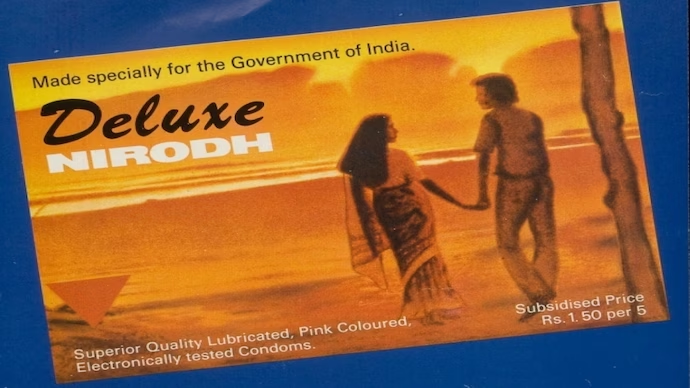The Yin & Yang Within Brands – Contradictions

With people being exposed to multiple cultures, brands may have to take seemingly contradictory stands but appeal their audience.
It’s an odd psychological irony that although we try our hardest to avoid internal contradictions, we’re fascinated by the seeming contradictions we see in others. The human experience is full of contradictions, so we’re used to thinking in terms of them. They expose the fallacies of human perception and the illogic of the human mind. Perhaps, making brands more human!
As brands strive to become more relatable and human, it stands to reason that they would adopt more relatable and human personas. People’s tolerance for less-than-perfect products from businesses is growing. They understand the frailties brands have and develop a fondness for them.
Certain famous people have shown contradictory traits or life stories. A R Rahman’s work spans a wide variety of musical styles and cultures. He is well-known for fusing electronic sounds and global music with Indian classical music and orchestral orchestration. Because of this, his music stands out as both modern and classical simultaneously.
Brands, like people, may develop fascinating identities through a collision of stories. Creating differentiation and redefining consumer expectations through various means helps to build a unique identity.
As an example of this dichotomy, consider Land Rover, which is rugged and luxurious, and Virgin Atlantic Airways, which is sexy, seductive, and offers great service, each of which provides products and services that seem at odds with themselves.

Because of this contradiction, brands that exude excitement and opportunities have more potential to attract consumers’ hearts, minds, and wallets.
The increasing diversity or multicultural nature of consumers is a major factor in this. They face cultural tensions daily as a result of the fact that they are separated by geography and/or society. People who are members of more than one cultural background often switch back and forth between them.
They are more likely to appreciate seemingly contradictory brands because of their greater cognitive flexibility (the readiness with which one can selectively switch between mental processes to generate appropriate behavioural responses) in evaluating similarities and differences across cultures. The end consequence is those multicultural customers have a deeper emotional connection to the contradictory brand, and hence have more positive opinions of it.
However, intellectual adaptability is not unique to consumers of diverse backgrounds. Since the goal of branding is to stay in the minds of customers forever, presenting them with a contradictory picture prompts them to think more deeply as they attempt to make sense of the contradictions within a brand.
Breaking down the convention, not so much to eliminate the discipline as to add more spontaneity and responsiveness, is what I believe is necessary if we want brands to feel more human and act in ways that people can genuinely connect to.
The skilled and “excitingly trendy” fashion at Burberry is another. Paradoxical brand imagery, however, may be perplexing—or worse, ineffective—if not effectively implemented, since most consumers do not want to overthink a brand.
However, the yin and yang of branding—the combination of opposite aspects of a brand—can be quite effective. Contradictions give depth and intrigue to otherwise uni- dimensional branding, which a select group of customers may appreciate.
Similarly, how brands in general must act to succeed in the present-day market is sometimes inconsistent with one another. They need to have the ability to change with the circumstances. However, they can’t lose their distinctability. They need to be open and lucrative but controlled responsibly.
There is some wiggle room at the level of communication in how a brand promotes itself across various regions. Brands around the world are getting creative to appeal to local consumers by incorporating local flavour and idiosyncrasies that, at first glance, seem to run counter to the brand’s ubiquitous nature but, upon further inspection, serve to further cement the brand’s place in the minds of consumers in each specific market.
That being said, brand contradictions may be productive in creating depth and intrigue. The danger of seeming uncertain and inauthentic is too great for most businesses to attempt to speak to ‘contradictory’ consumers at the same time. Instead, businesses can aim to stand out by taking a distinctive approach that is aligned with their mission, beliefs, and actions.
If you tend to use this as an excuse to appeal to a larger audience, you should probably push for an interesting clash of ideas while talking about the same topic in a way that appeals to the interests of your actual audience.
Indian Context
These contradictions are becoming in Indian brands too. For one Mahindra Thar has positioned the model as a statement and lifestyle product rather than just an off-roader. It has made significant changes to the design, engine choices, interior, and level of equipment to broaden the vehicle’s appeal.

Van Heusen, known for its formal apparel has “engineered a move” to appeal to today’s generation by showing a person active and on the move. A sign of times surely.
Reference
.




1 Comment